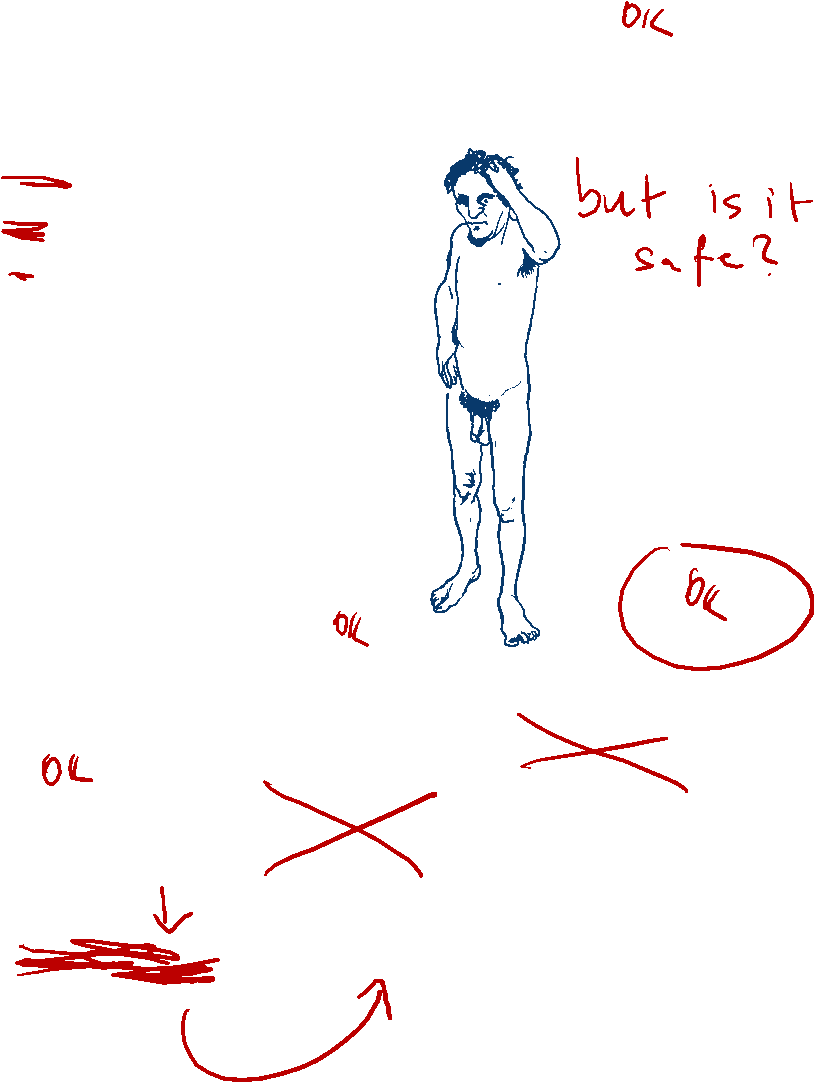
Shirley Baker, who died last year, photographed an England that no longer exists. In the 1960s and '70s, while her native Manchester area underwent massive construction and urban clearance projects, she took pictures of the residents -- often children -- who were caught in the change. Their looks, whether happy, sad or somewhere in between, are honest and unforced, such as these two boys from Salford, England, in 1965.

Baker was born in Salford, in greater Manchester, in 1932. After several years as a photographer for businesses and newspapers, some in London, she came back to Manchester in 1960. She couldn't help but be sympathetic with the people who were caught in the slum clearance, she told The Guardian in 2012: "I would go out on to the streets capturing this upheaval, photographing people I came across. ... It became an obsession." This little girl in the big shoes was photographed in Manchester in 1966.

The area, she added, had long been decrepit, but for its residents, it was home. "They were used to it. The buildings were coal black and the water at the docks was like treacle. After the demolitions, all the moths changed color," she told The Guardian. Here, boys roll a snowball in 1968 Manchester.

Baker could find humor -- such as this 1968 Manchester photo of a man helping girls jump rope -- in apparent bleakness. "Shirley had an eye beyond that of the pure recorder of fact; she had an uncanny ability to spot incidental humor in the scenes of everyday life which surrounded her," Tom Gillmor, head of content for the Mary Evans Picture Library -- where Baker's pictures are archived -- told the BBC after her death.

Though the pictures date from the '60s and '70s -- this one is from 1973 Manchester -- they have a timelessness that harks back to the Britain of Dickens or anticipates the downtrodden neighborhoods of children today. "We often think of these areas and that time in black and white, because that was how they were photographed, but there was color there, as I recorded it," she wrote in an essay for London's Tate Museum.

"There was so much destruction: a street would be half pulled down and the remnants set on fire while people were still living in the area. As soon as any houses were cleared, children would move in and break all the windows, starting the demolition process themselves. There was no health and safety in those days; they could do as they liked," she told The Guardian. This photo dates from 1968 in Manchester.

The streets are both ghostly and lively. "When Shirley Baker began photographing the streets of her native Salford, it seemed that no one was interested in recording the human story of these soon-to-be demolished communities," Gillmor told the BBC. "That she chose to preserve these moments on film now seems like the only perceptive response to a vanishing environment." This photo is of Manchester in 1966.

These three girls were photographed in Manchester in 1965. "What I was doing was about the people," Baker wrote for the Tate. "I would go with an idea of perhaps taking pictures of textures, peeling paint, etc, but I always ended up photographing the people."

Two boys, with a faithful dog, search a sewer for something in 1963 Manchester -- a photo that looks like it could come from a 1930s "Our Gang" short. "I didn't intend to go out looking for poverty-stricken areas. What I did find was a great sense of humor," Baker wrote for the Tate.

Even in the worst circumstances there was celebration, as with this boy in 1968 Manchester. As Gillmor wrote, Baker's work offers "humor, social history and the innocence and joy of youth, set against a backdrop of a rapidly changing world."




